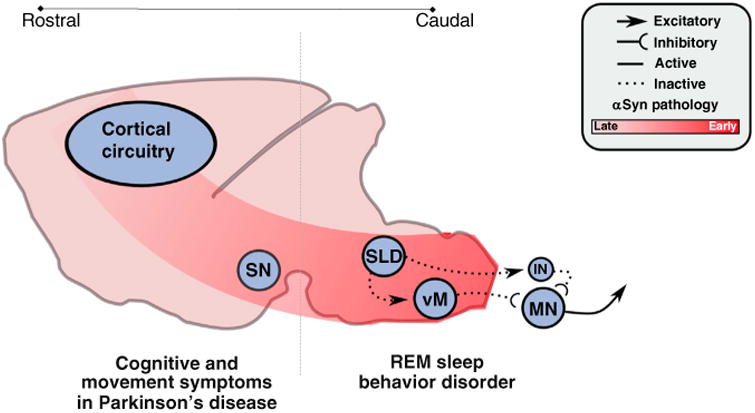Figure 4. Involvement of REM sleep circuitry in REM sleep behavior disorder (RBD).

The hypothesized mechanisms and pathways by which synucleinopathic degeneration causes RBD. Synucleinopathic-mediated degeneration begins in the caudal brainstem and spreads inexorably rostrally, in a cell-to-cell fashion. Degeneration initially targets the sublaterodorsal nucleus (SLD) and ventral medulla (vM), impairing their functions and thereby causing loss of REM sleep atonia and the motor behaviors associated with RBD. But, as degenerative processes advance, they spread rostrally into the forebrain circuits that control normal cognition and waking motor behaviors (i.e., the substantia nigra, SN), thus leading to the classic cognitive and motor symptoms associated with synucleinopathies (e.g., Parkinson's disease) that follow initial RBD symptoms.
